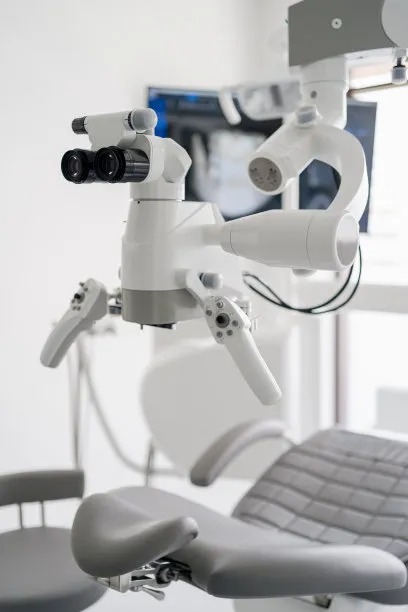Comprehensive Guide to the Tooth Extraction Process Understanding the Steps and Aftercare for a Smooth Recovery
Summary: Tooth extraction is a common dental procedure often necessary for various reasons, including damage, overcrowding, or infection. This article provides a comprehensive guide to the tooth extraction process, detailing the essential steps involved and explaining the aftercare required for a smooth recovery. Understanding the phases of extraction, from initial consultation to post-operative care, can alleviate anxiety and promote an effective healing process. Following the right aftercare protocols is crucial to minimize discomfort and prevent complications. By breaking down the entire process into manageable segments, patients can feel more informed and prepared for their dental journey.
1. Understanding the Tooth Extraction Process

The tooth extraction process typically begins with a thorough assessment conducted by your dentist. This initial consultation allows the dentist to examine your dental health and identify the reason for extraction. X-rays are often taken to assess the tooths position and roots, providing the necessary information for planning the procedure.
Once the decision for extraction is made, the dentist will discuss the anesthesia options available to ensure the patient is comfortable during the procedure. The choice of local, sedation, or general anesthesia often depends on the complexity of the extraction and the patients comfort level.
During the actual extraction, the dentist will gently loosen the tooth using specialized instruments, ultimately removing it from the socket. Each tooth extraction is unique, and complex cases, such as impacted wisdom teeth, may require additional steps and interventions to ensure success.
2. Preparing for the Tooth Extraction Procedure
Preparation plays a vital role in ensuring a smooth extraction process. Patients are advised to avoid eating or drinking for several hours before the procedure, especially if sedation will be used. This precaution helps reduce the risk of complications during the extraction.
It is also essential to disclose any medical conditions, medications, or allergies during the consultation. This information helps the dentist determine the best approach and potential risks associated with the procedure, ensuring a safer experience.
Patients may also benefit from arranging for someone to accompany them to the appointment. Post-extraction, they may need assistance getting home, especially if sedation was administered. Having a trusted friend or family member can provide necessary support and comfort after the procedure.
3. Aftercare for Smooth Recovery
Effective aftercare is crucial for a seamless recovery after tooth extraction. Immediately following the procedure, patients should bite down on a gauze pad for 30 to 45 minutes to help control bleeding. Swelling is also common, and applying an ice pack to the cheek can alleviate discomfort.
For the first 24 hours, patients should avoid strenuous activities and keep their head elevated to decrease swelling. It is crucial to follow the dentists post-operative instructions regarding any prescribed medications, such as pain relievers or antibiotics.
Proper oral hygiene is vital, but patients should be cautious around the extraction site. Gentle rinsing with warm salt water after the first day can help keep the area clean without disturbing the healing tissue. It is important to avoid using straws, smoking, or sucking motions in the days following the extraction to prevent dry socket.
4. Recognizing Complications and Seeking Help
While most tooth extractions heal well, recognizing potential complications is essential for a smooth recovery. Signs of infection, such as increased swelling, pus, or fever, should prompt a call to the dentist. Additionally, if the pain worsens instead of improving after a few days, seeking medical advice is crucial.
Dry socket, a condition where the blood clot at the extraction site becomes dislodged, can result in severe pain and prolonged healing. If symptoms of dry socket arise, patients must contact their dentist promptly for evaluation and treatment.
Overall, monitoring the healing process will help ensure any complications are addressed early, promoting a smoother and quicker recovery.
Summary:
The tooth extraction process involves multiple stages, from initial consultations to the post-operative care necessary for a healthy recovery. By understanding each phase and following the appropriate aftercare, patients can minimize discomfort and avoid complications. A proactive approach to both the extraction and recovery phases can lead to a more positive dental experience.
This article is compiled by Vickong Dental and the content is for reference only.



